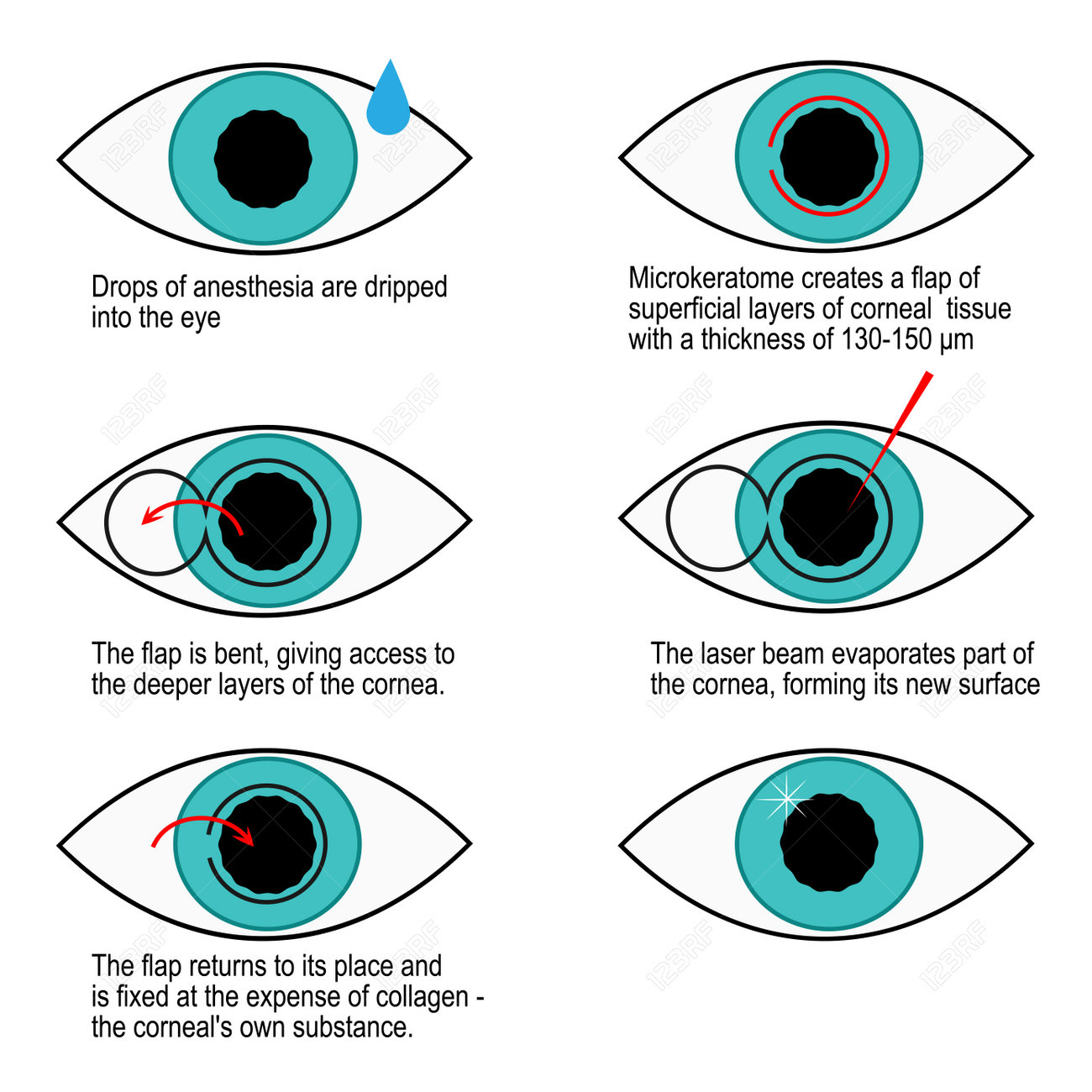Discovering Conventional Vs. Cutting-Edge Glaucoma Therapy Approaches
Discovering Conventional Vs. Cutting-Edge Glaucoma Therapy Approaches
Blog Article
Writer-Johannesen Mcfadden
Did you know that the advancement of glaucoma treatment approaches covers centuries, incorporating both conventional solutions and advanced advancements? From old herbal concoctions to innovative Minimally Invasive Glaucoma Surgery techniques, the spectrum of options is vast. As you explore the intricacies of standard versus innovative methods, you may reveal surprising insights that test standard viewpoints on treating this prevalent eye condition.
Historic Evolution of Glaucoma Treatments
The historic evolution of glaucoma therapies dates back to old civilizations where various treatments were made use of to take care of the condition. In old Egypt, as an example, therapies involved a mixture of honey, fat, and sour milk related to the eyes. The Greeks and Romans also contributed to early glaucoma treatments with a concentrate on topical applications and dietary interventions. Throughout history, diverse cultures developed one-of-a-kind strategies to ease the signs and symptoms of glaucoma, frequently rooted in herbal treatments and superstitious notions.
As time progressed, advancements in clinical knowledge led to even more methodical methods to dealing with glaucoma. In The Center Ages, Arabic scholars made substantial contributions by researching the makeup of the eye and creating surgical strategies to deal with eye problems. These early technologies laid the foundation for modern glaucoma therapies that we've today. Understanding the historic context of glaucoma therapies supplies important understandings into the constant progression and improvement of medical methods over the centuries.
Contrast of Standard Methods
In comparing typical approaches for treating glaucoma, consider the historic contexts and performance of different treatments.
Conventional treatments for glaucoma have actually advanced over centuries, from ancient techniques like using honey and white wine to more recent improvements such as eye drops and surgical procedures. Historically, treatments like the application of leeches or natural concoctions were used to reduce symptoms, but their efficiency was restricted.
As time advanced, methods like iridectomy, where a part of the iris is removed, ended up being prominent for reducing intraocular pressure. Some traditional methods, like making use of oral drugs to decrease eye pressure, have stood the test of time and are still made use of today. Nonetheless, these treatments typically come with adverse effects and may not be as effective as contemporary choices.
It's important to consider the historic importance of typical glaucoma treatments versus their efficiency in the context of present medical improvements.
Evaluation of Innovative Treatment Approaches
Thinking about the developing landscape of glaucoma treatment, cutting-edge approaches are reinventing the way this eye problem is managed.
One notable development is minimally intrusive glaucoma surgery (MIGS), which offers a much less intrusive alternative to typical procedures. MIGS intends to decrease intraocular stress by enhancing the eye's natural water drainage system, leading to fewer complications and faster recuperation times contrasted to traditional surgical procedures.
In Go At this site , the development of sustained-release medication delivery systems has offered a much more reliable way to provide glaucoma drug. These systems can release drug slowly over an extended duration, enhancing individual adherence and decreasing the regularity of eye decreases.
Furthermore, emerging modern technologies like careful laser trabeculoplasty (SLT) use a non-invasive option for reducing intraocular stress by targeting particular cells in the eye's water drainage system.
Verdict
As you review the development of glaucoma treatments, you can see how traditional approaches have actually paved the way for cutting-edge approaches to emerge.
From old remedies to modern-day improvements, the journey of treating this complex eye problem has resembled a rollercoaster adventure.
However with view it -new methods like MIGS and sustained-release medication shipment, the future appearances brighter than ever for patients looking for reliable and less invasive solutions.
